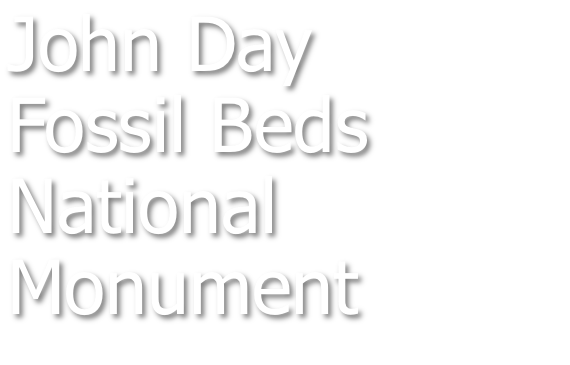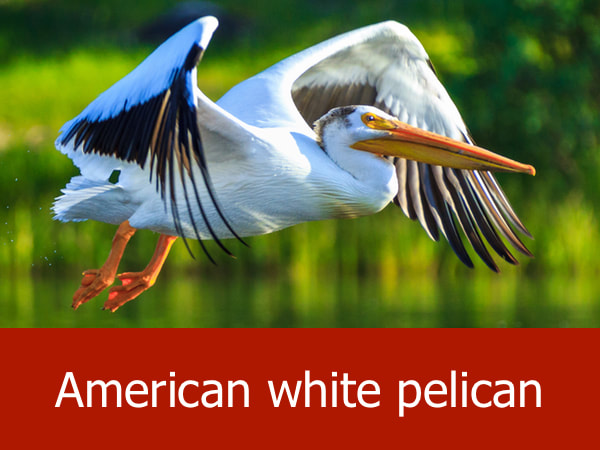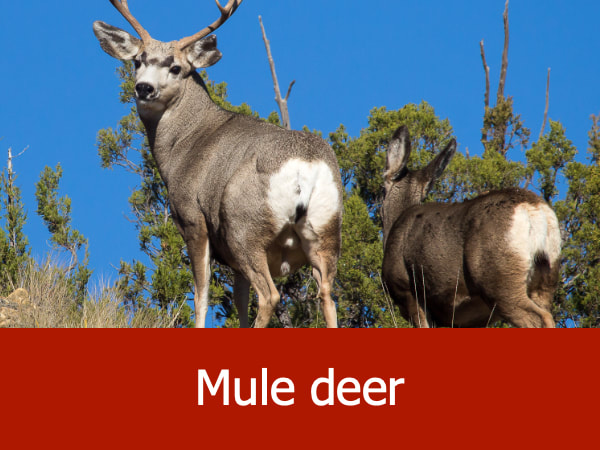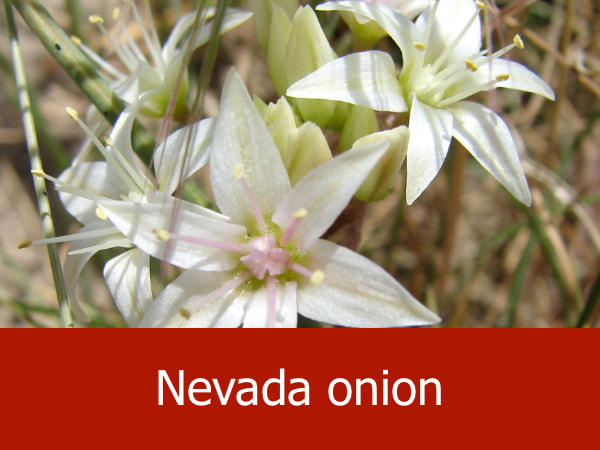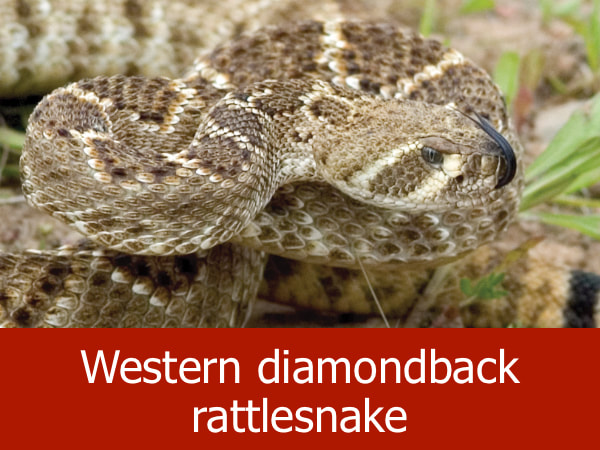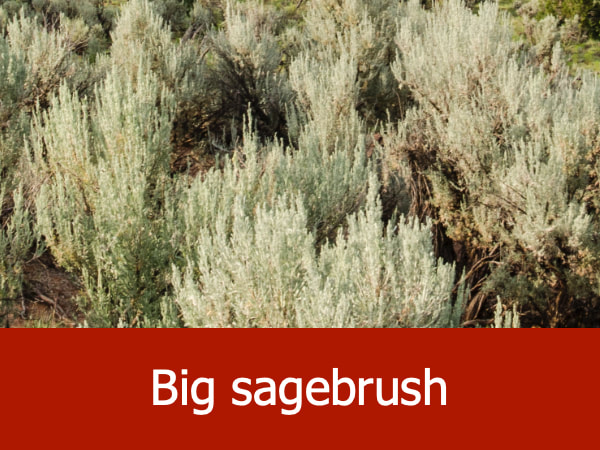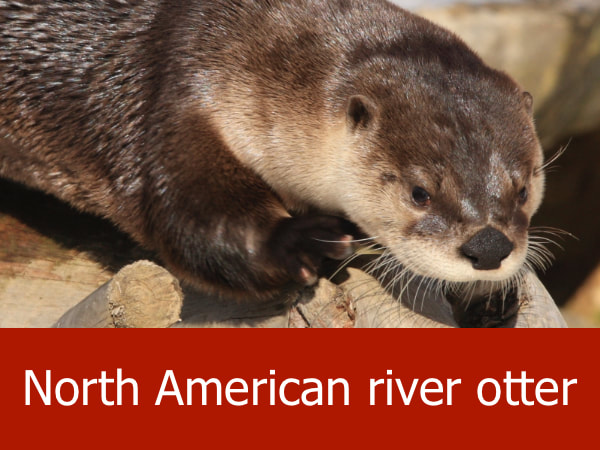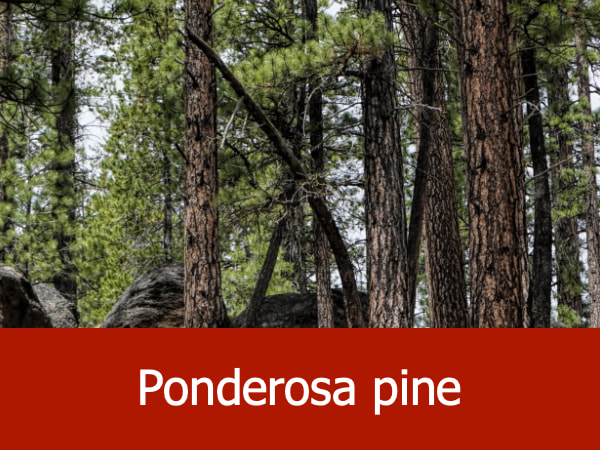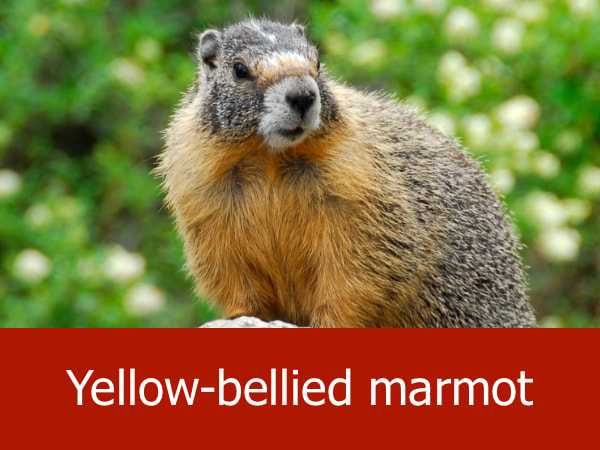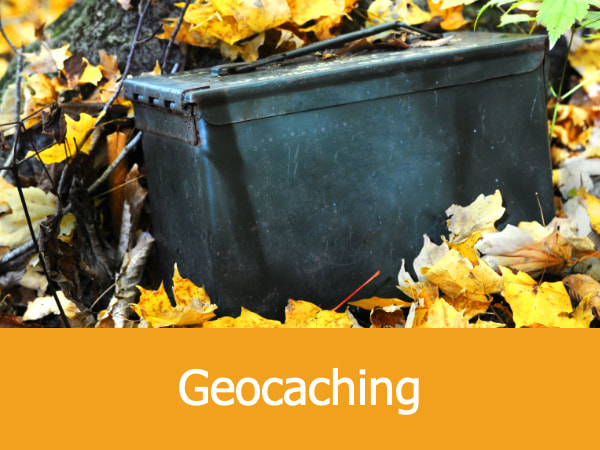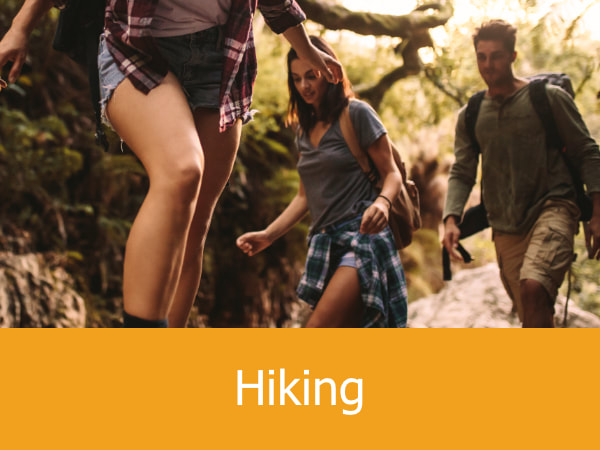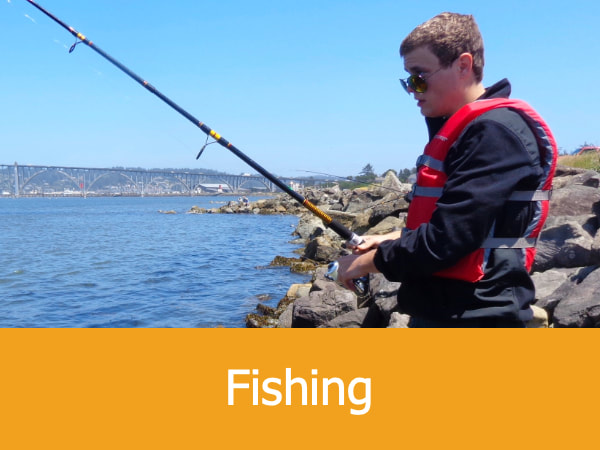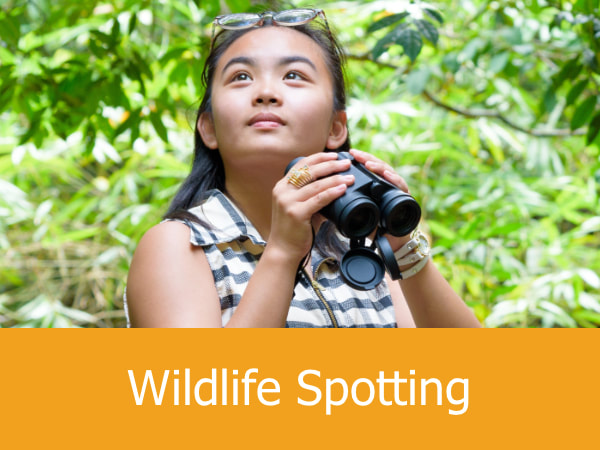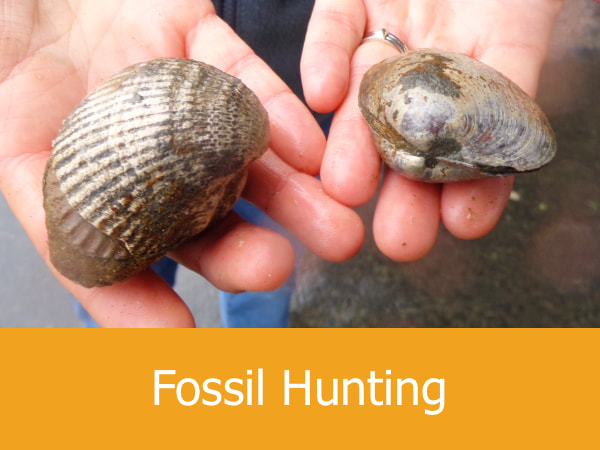|
GPS Coordinates: 44.5445527, -119.6319641
|
EXPERIENCE > LANDMARK PLACES
Discovery of Oregon’s richest fossil beds is credited to Charles Sternberg (1850-1943), a pioneer in paleontology, the branch of science concerned with fossil animals and plants. Sternberg undertook a massive excavation along the banks of the John Day River in 1878, which at the time was still a rugged and dangerous wildness. The previous year, he’d set up camp and excavated the fossilized remains of llamas, horses, dogs and beaver from Fossil Lake, about 170 miles (273 km) southwest of the John Day area. He would later recognize these animals as the descendants of those unearthed at John Day, but he’d never fully understand the importance of his discovery. Today, the John Day Fossil Beds are considered one of North America’s richest and most complete records from the Cenozoic Era or the “Age of Mammals." These fossil beds are unique not only for the number of new species found, but because scientists can investigate entire biological communities captured forever in the rock — from microscopic organisms living in the ancient soil to entire forests with trees as tall as skyscrapers! |
About the Monument:
The national monument was established in 1966 and encompasses over 44,000 square acres. It is divided into three regions which feature different geological formations including towering cliffs, eroded claystone layers and colorful fossil rich soils piled one on top of the other like a bright layer cake. Although the monument is still extensively used for scientific research, it is open to the public and amateur fossil hunters of all ages. The Thomas Condon Paleontology Center is perhaps the best place to start. Built in 2005, the center is 11,000 square feet of museum displays, interpretive exhibits and working laboratories. The center is also conveniently located to a variety of nature trails and outdoor sites where you can practice your own scientific observations.
The monument is remotely located in eastern Oregon between the towns of Dayville and Kimberly on Highway 19. Still, if you’re a fossil collector or a rock hound, a visit is well worth your time.
RELATED FEATURES: McKenzie's Lost Worlds in Stone | Riddle of Coelacanth
The monument is remotely located in eastern Oregon between the towns of Dayville and Kimberly on Highway 19. Still, if you’re a fossil collector or a rock hound, a visit is well worth your time.
RELATED FEATURES: McKenzie's Lost Worlds in Stone | Riddle of Coelacanth
Science in Seconds: The Global Positioning System: Finding these Landmark Places will be easier if you understand the Global Positioning System or GPS. This sophisticated system can allow a user to find any spot on earth within a few feet. Here's how it works...

